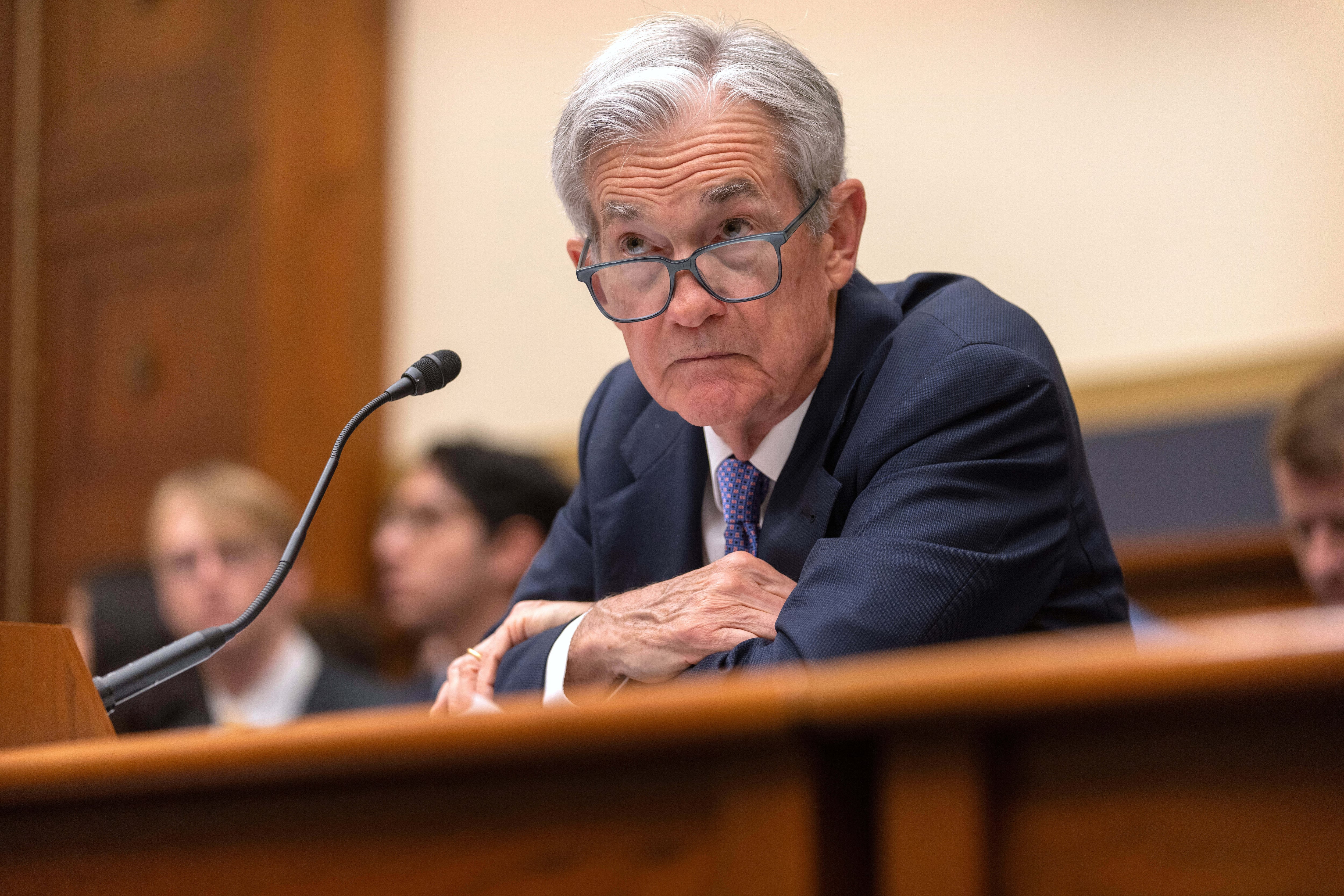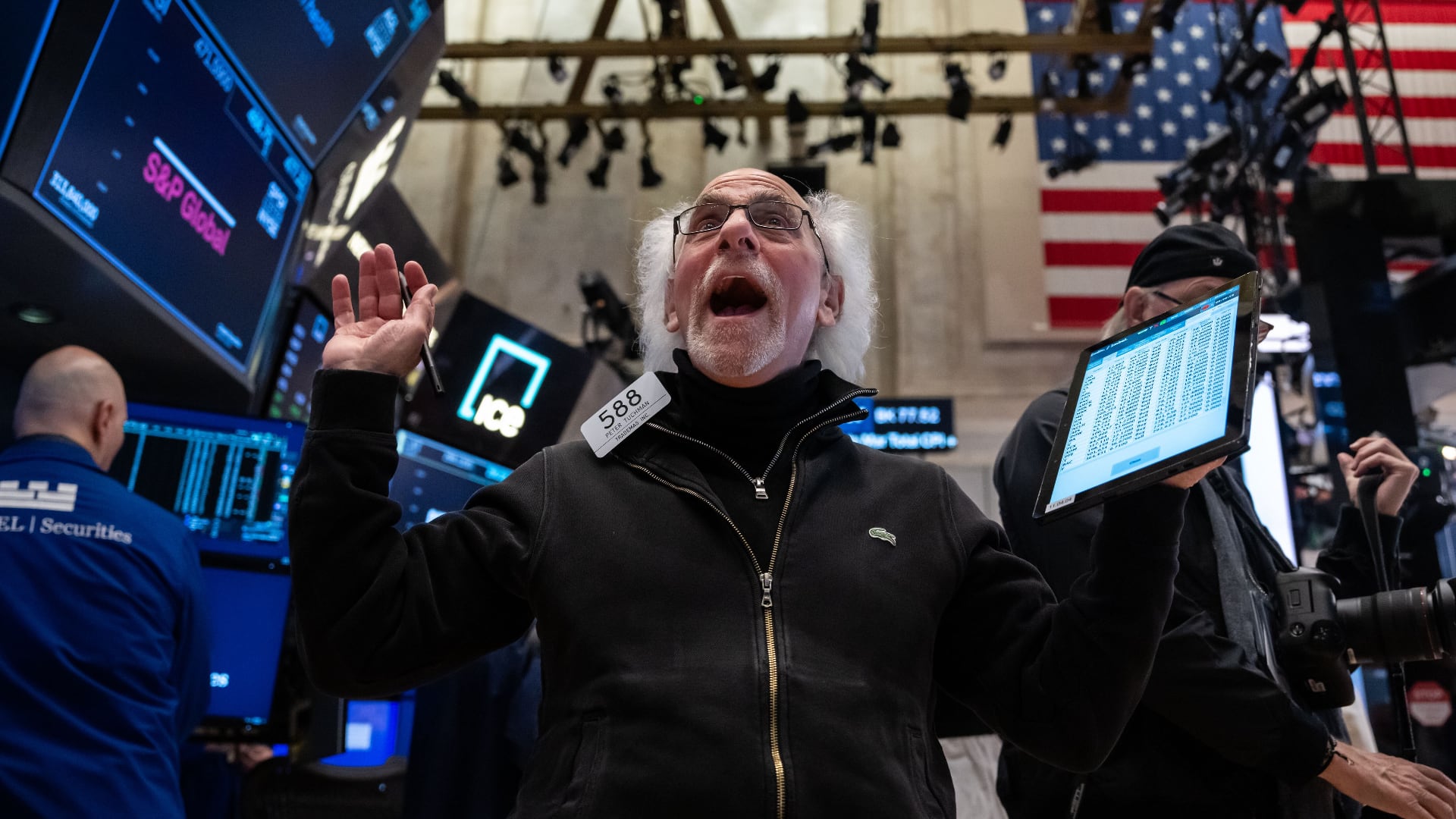WASHINGTON (AP) — A top Federal Reserve official said late Thursday that the central bank should cut its key interest rate later this month, carving out a different view than that of Chair Jerome Powell, who has been harshly criticized by the White House for delaying rate cuts.
Christopher Waller, a member of the Fed’s governing board, said in a speech in New York City that the economy is showing signs of weakening, with consumer spending slowing and job gains cooling. The Fed should reduce borrowing costs to shore up spending and growth before the job market weakens further, Waller said.
“The economy is still growing, but its momentum has slowed significantly,” he said, adding that the slowdown threatens the Fed’s goal of maximum employment.
At the same time, President Donald Trump’s sweeping tariffs are likely to only lift inflation temporarily and aren’t a reason to postpone rate cuts, Waller said.
“Tariffs have boosted, and will continue to boost, inflation a bit above the (Fed’s) 2% objective this year,” Waller said, but policymakers should “look through tariff effects and focus on underlying inflation,” which he said is nearing the 2% goal.
Waller has been mentioned as a potential replacement for Powell when the current chair’s term expires in May 2026, or perhaps earlier if Trump takes the unprecedented step of firing Powell. Trump has threatened to fire Powell this year but on Wednesday said it was “highly unlikely” he would take such a step.
For his part, Powell has said the Fed wants to see the impact of the duties on prices and the economy before making any moves.
Waller, a Trump appointee, has previously said that he would support a rate cut in July. Michelle Bowman, also a Trump appointee, has also spoken in favor of a cut.
Minutes to the Fed’s June 17-18 meeting said that only “a couple” of the 19 members of the central bank’s interest-rate setting committee supported a cut in July.
Other participants — the minutes didn’t say how many — said that the Fed should keep rates unchanged this year, since inflation remains above 2%. Consumer prices rose 2.7% in June from a year ago, the fastest pace in four months.
Other potential replacements for Powell have also publicly expressed support for cutting rates soon, including Kevin Warsh, a former member of the Fed’s board who stepped down in 2011. Warsh, currently a fellow at the Hoover Institution, said on Fox News’ “Sunday Morning Futures” earlier this week that he supported rate cuts.
“The president’s right to be frustrated with Jay Powell and the Federal Reserve,” Warsh said.









